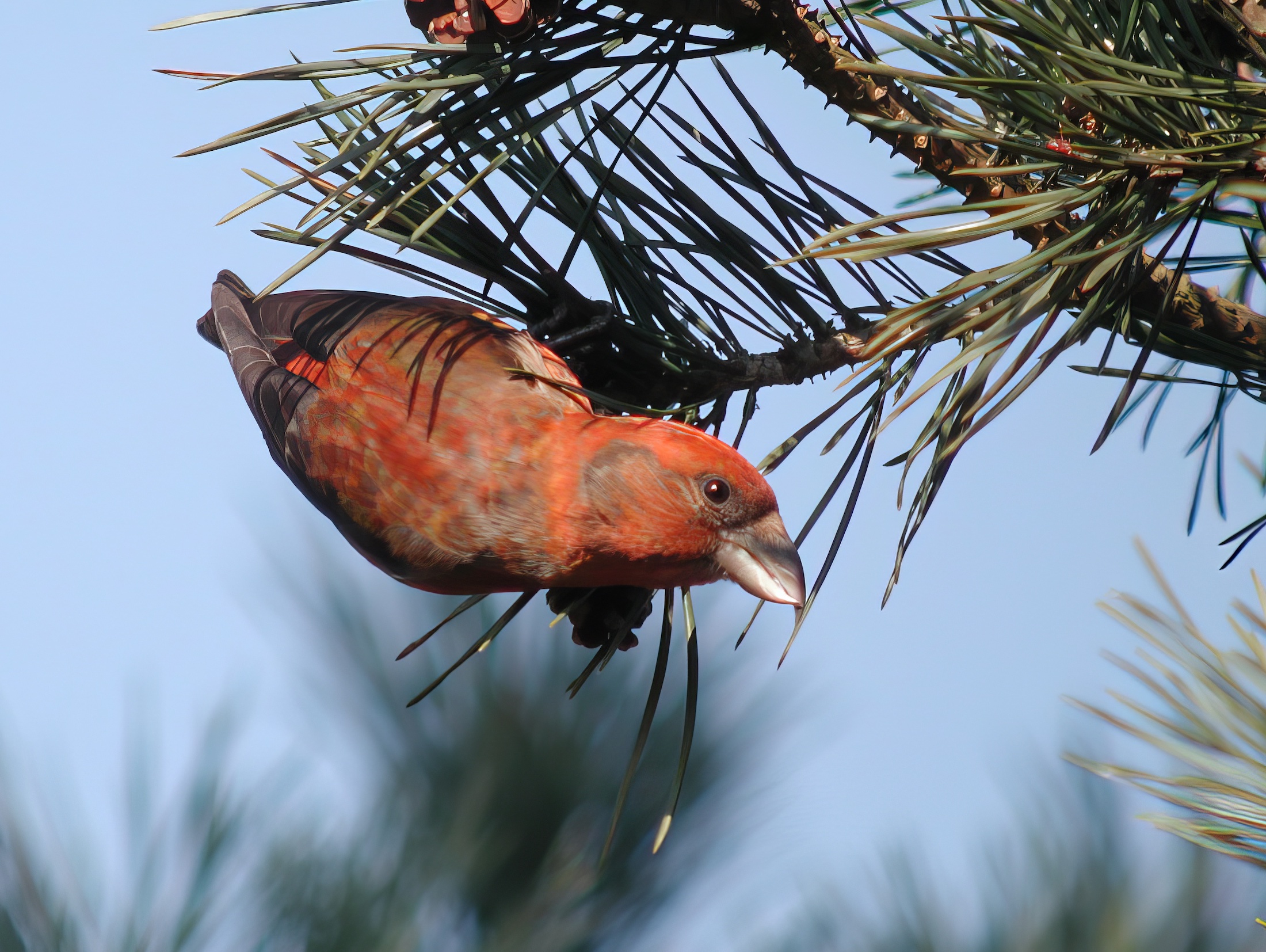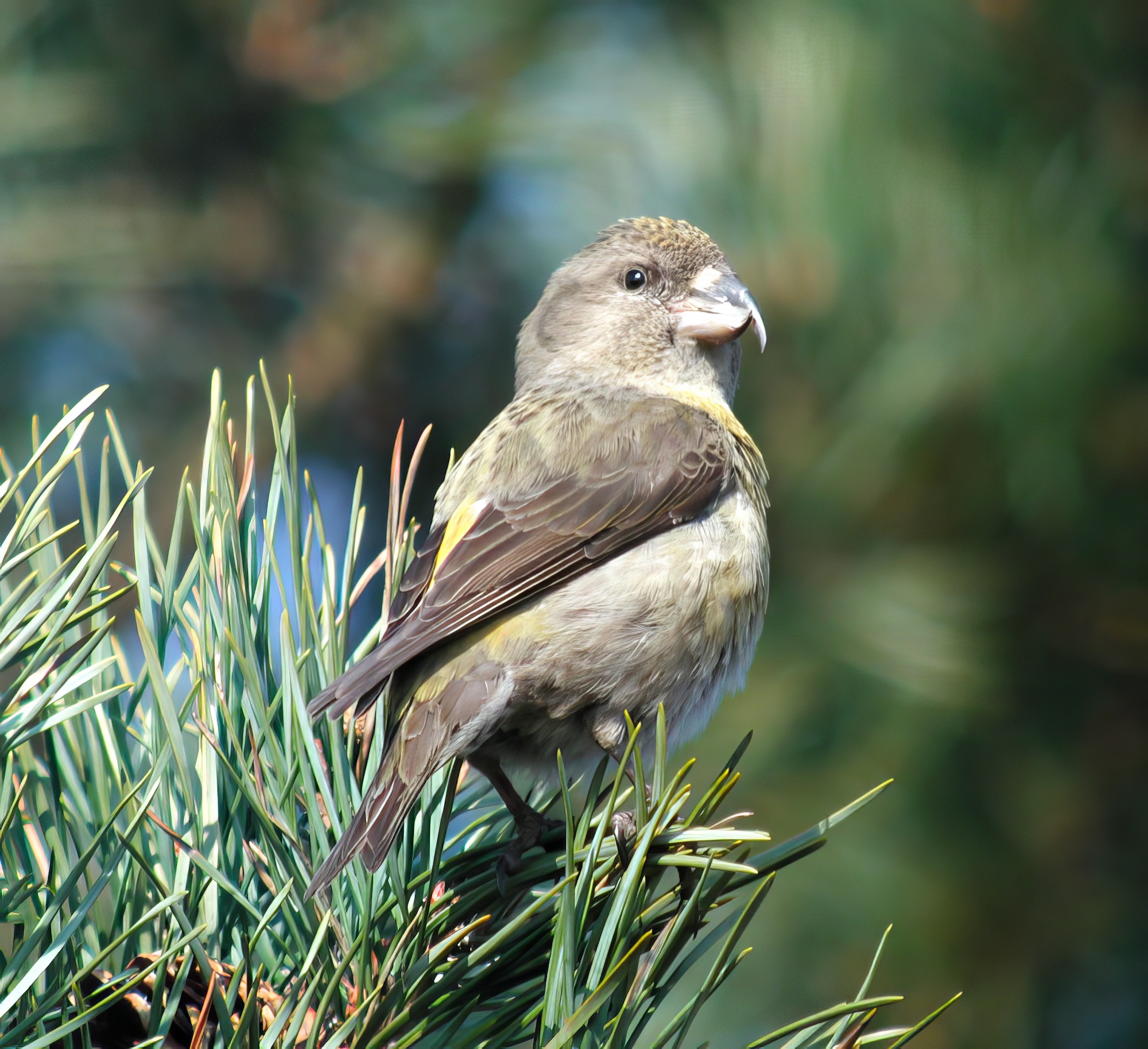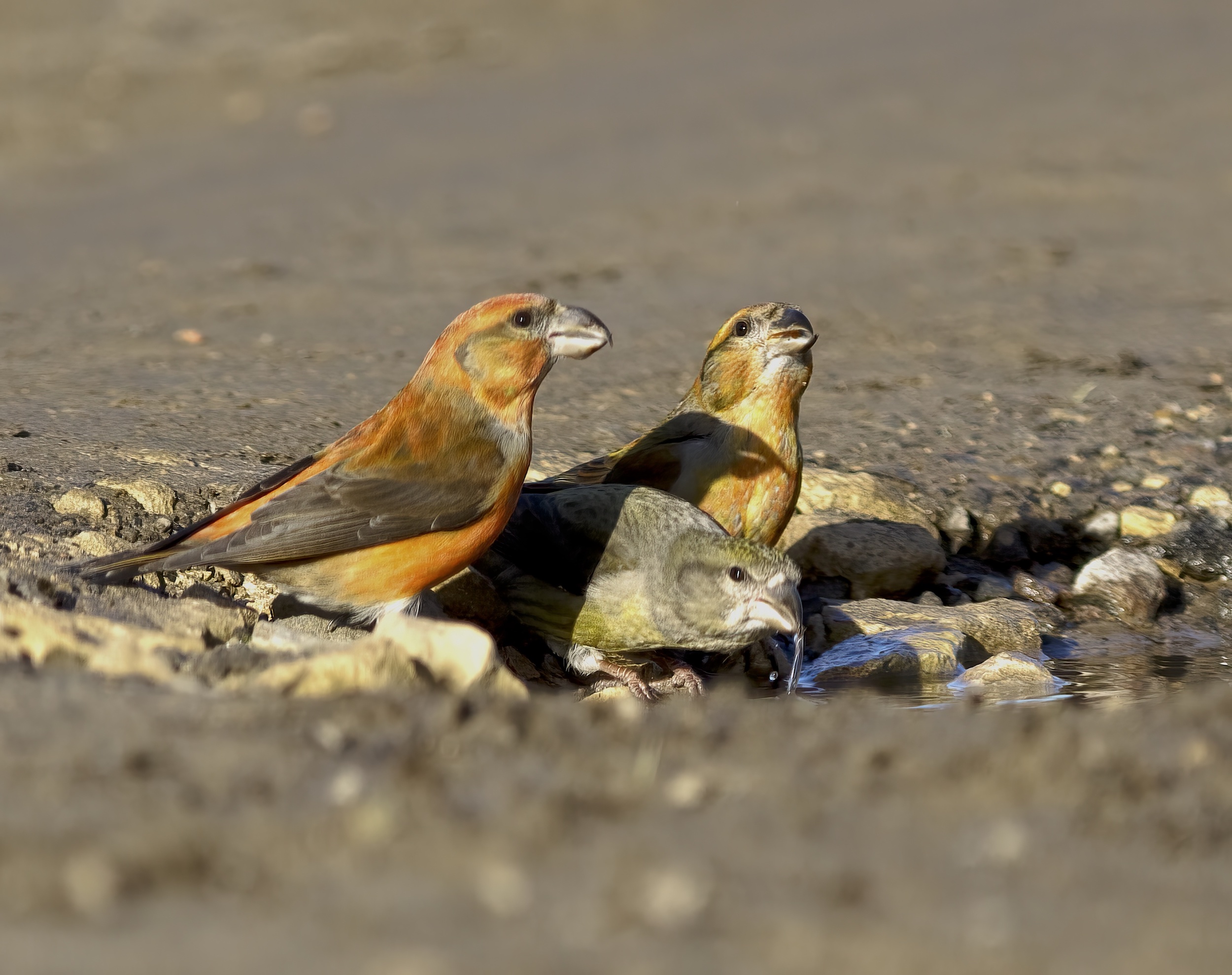Red Crossbill Loxia curvirostra
Scarce/ fairly common irruptive passage migrant and visitor, mainly June to April, occasionally all year. Proved to breed on a few occasions.



Red Crossbills are irruptive in Lincolnshire and invasions occur sporadically. It has always been an erratic breeder in Lincolnshire and was not confirmed to breed at all during the Atlas years of the 1980s. Lincolnshire does not appear to have a sufficient area of conifers to sustain regular breeding. The Atlas mentions breeding took place at Walesby in 1992 and at both Walesby and Laughton Forest in 1998, and again 2003-2006. Maximum counts during these years were 129 May 8th 2003 (Broughton Woods; 15 January 30th-March 28th 2004 (Kirkby Moor); 70 June 13th-14th 2005 (Willingham Forest); 150 late May 2006 (Linwood Warren). The last year that breeding was confirmed was 2012. There were up to eight singing males at Laughton Forest in March that year and two broods of chicks were seen in May. Breeding was also confirmed at Snipe Dales in May 2012. By coincidence 2012 was also the last significant irruption year. In June 2012 peak counts across the county amounted to 293, a number not seen again this decade. The best day count was 138 over at Gibraltar Point on June 5th and 53 at Welton le Marsh on July 31st. By contrast in the five years to 2018 the peak flock size ranged from 9 at Gibraltar Point on October 16th, 2016 to 25 at Weelsby Woods, near Grimsby on July 10th, 2016. During irruptions birds can turn up anywhere with conifers. Summer migrants on the coast often feed on thistle seeds.
(Updated with reference to the new Birds of Lincolnshire (2021) January 2023)
